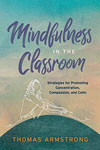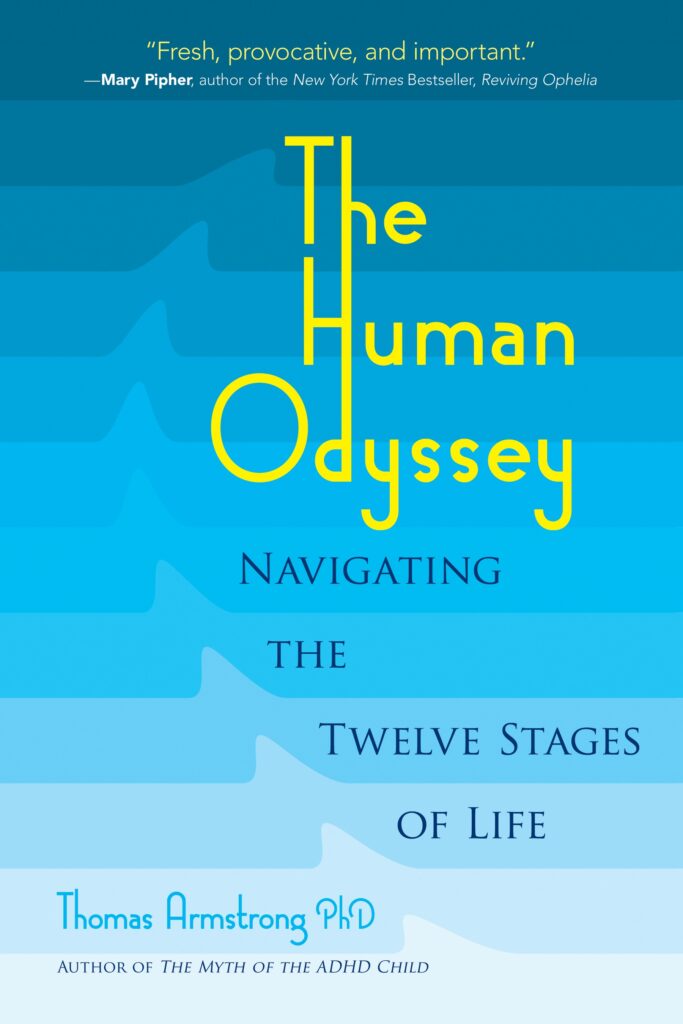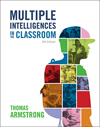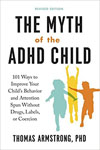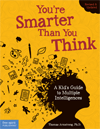 Everybody knows that ADHD is a big phenomenon in our culture. Rates of ADHD in children, teens, and adults have skyrocketed over the past few years. But there’s problem if you think about it. ADHD as a diagnostic term has three negatives in it (deficit, hyperactivity, disorder). Having been an educator for the past fifty years, I know that if the focus with kids is on what’s not working, the ability of educators, parents, and others to envision constructive solutions for the child is severely curtailed.
Everybody knows that ADHD is a big phenomenon in our culture. Rates of ADHD in children, teens, and adults have skyrocketed over the past few years. But there’s problem if you think about it. ADHD as a diagnostic term has three negatives in it (deficit, hyperactivity, disorder). Having been an educator for the past fifty years, I know that if the focus with kids is on what’s not working, the ability of educators, parents, and others to envision constructive solutions for the child is severely curtailed.
One positive way in which we might envision the child with this diagnosis is as body smart, or bodily-kinesthetically intelligent. This term comes from Howard Gardner’s theory of multiple intelligences, where he says that we all have at least eight (and possibly nine) intelligences that make up our mind, and that we use in solving problems and fashioning culturally valued products.
It’s my belief that many kids who are diagnosed with ADHD are in fact Body Smart. They need to move, build things, and manipulate objects in order for them to learn. Their hyperkinetic behavior is just an indication that all that bodily-kinesthetic energy is looking for somewhere to go.
The schools should take the lead in this and use learning strategies that have a physical basis. These kids should be dramatizing the stories they read about, they should spell words by standing up on the consonants and sitting down on the vowels. They should be using manipulatives in math class, like Dienes Blocks or Cuisenaire Rods. They should be building dioramas in history class and performing hands-on experiments in science class. They should be taking walks in nature as they discuss with the teacher content in any of these subjects.
If these kids get too much exposure to stultifying lectures, worksheets, workbooks, and drill, their systems just can’t handle it and the symptoms of ADHD are the result. However, if an educator knows how to create a ”hyperactive curriculum,” then that need for motion, stimulation, and touch will flow naturally into constructive channels.
Think of all the vocations in the world that require movement and hands-on expertise: engineers, mechanics, scientists, photographers, pilots, dentists, surgeons . . . the list goes on. And since ADHD medications have clear side effects (usually minor, but once in a while quite major), if a child can use ”educational Adderall,” and I mean by that lots of stimulation in the classroom, then they will truly be preparing for life outside of school!
To learn more about Howard Gardner’s theory of multiple intelligences, get my books for:
- Adult learners (7 Kinds of Smart: Identifying and Developing Your Multiple Intelligences)
- Educators who teach children and adolescents in kindergarten through high school (Multiple Intelligences in the Classroom, 4th edition)
- Parents (In Their Own Way: Discovering and Encouraging Your Child’s Multiple Intelligences)
- Kids (You’re Smarter Than You Think: A Kids’ Guide to Multiple Intelligences)
For learning strategies that use movement, touch, and hands-on expertise, see my book The Myth of the ADHD Child: 101 Ways to Improve Your Child’s Behavior and Attention Span without Drugs Labels or Coercion.
This blog post was brought to you by Thomas Armstrong, Ph.D. and www.institute4learning.com.
Follow me on Twitter: @Dr_Armstrong.










